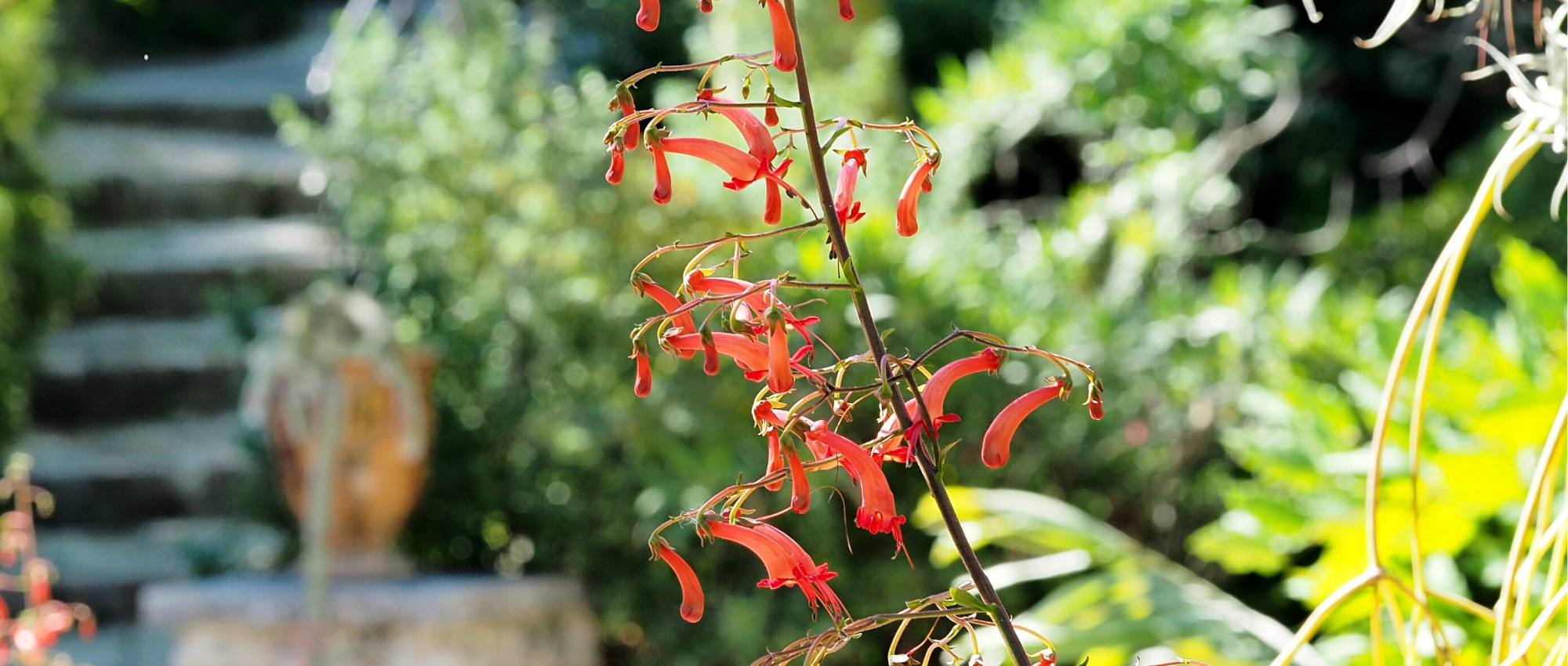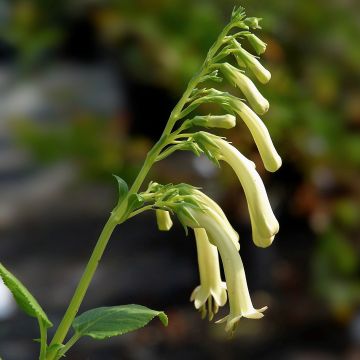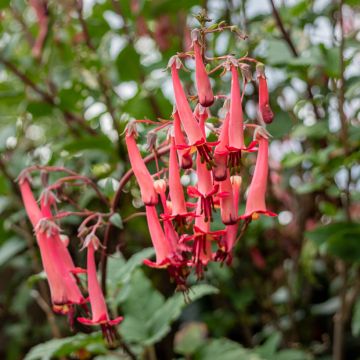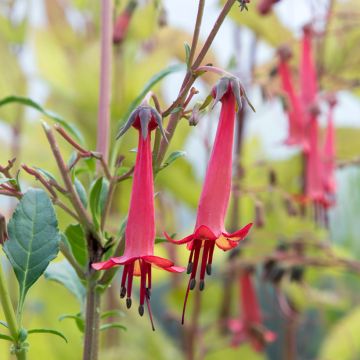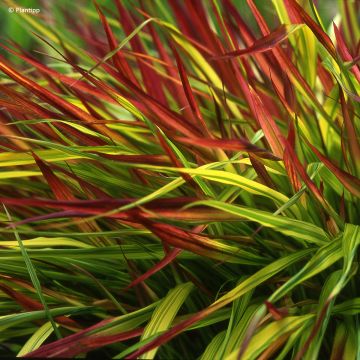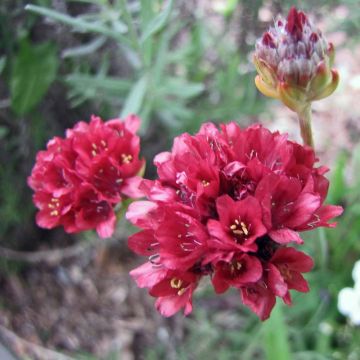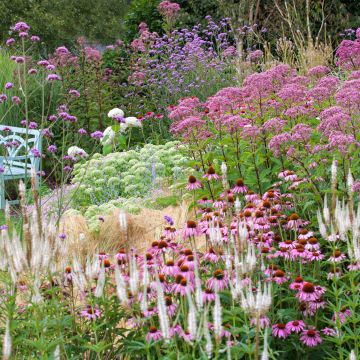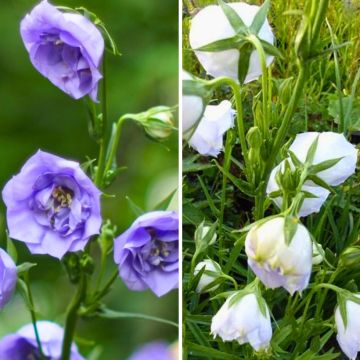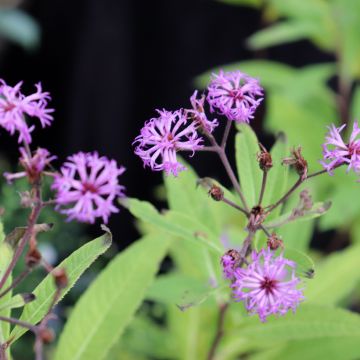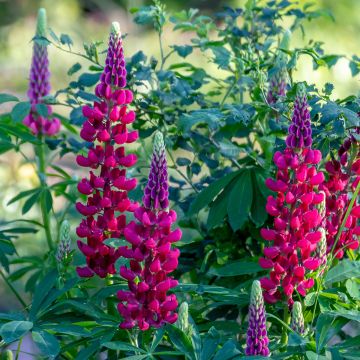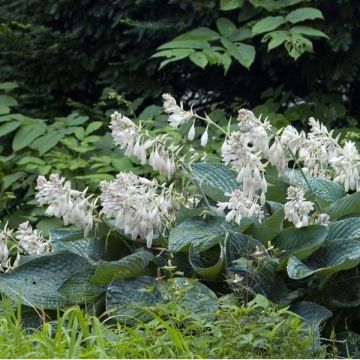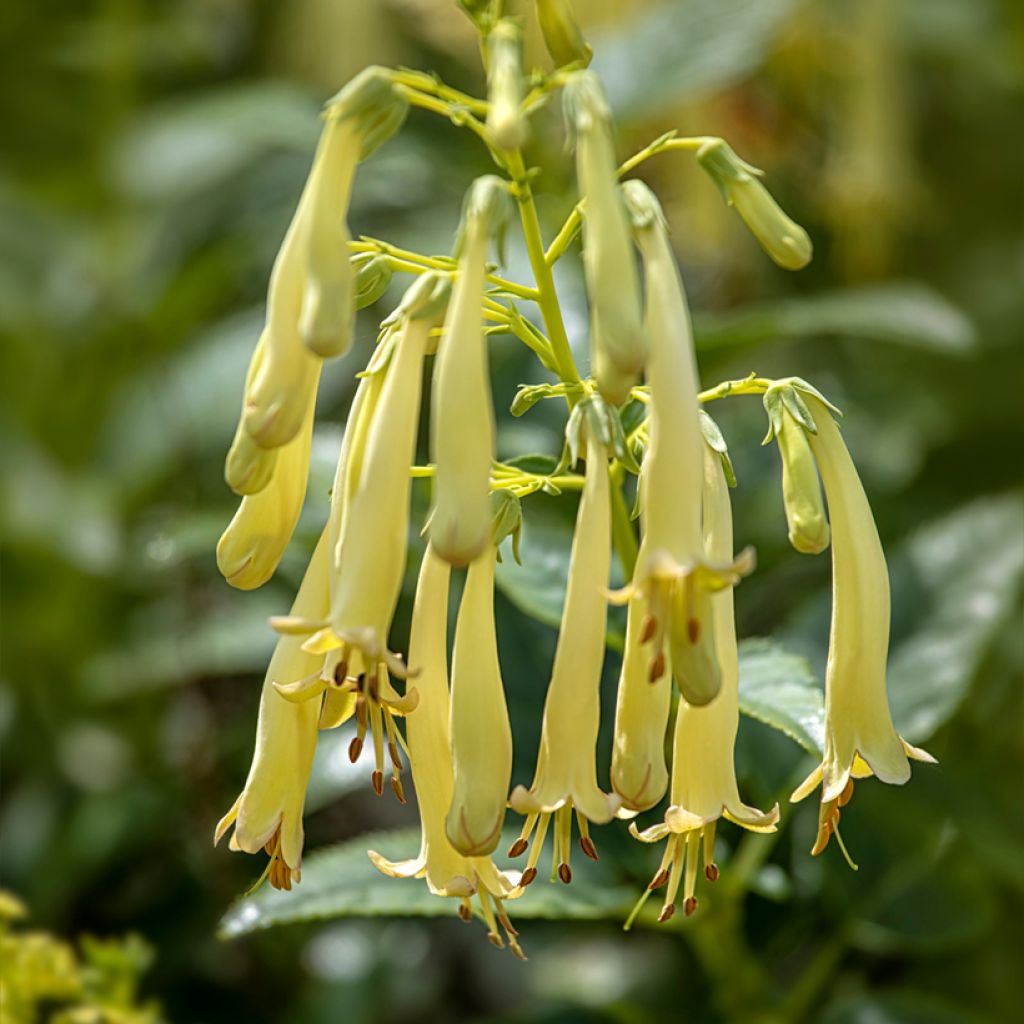

Phygelius Moonraker - Cape Fuchsia
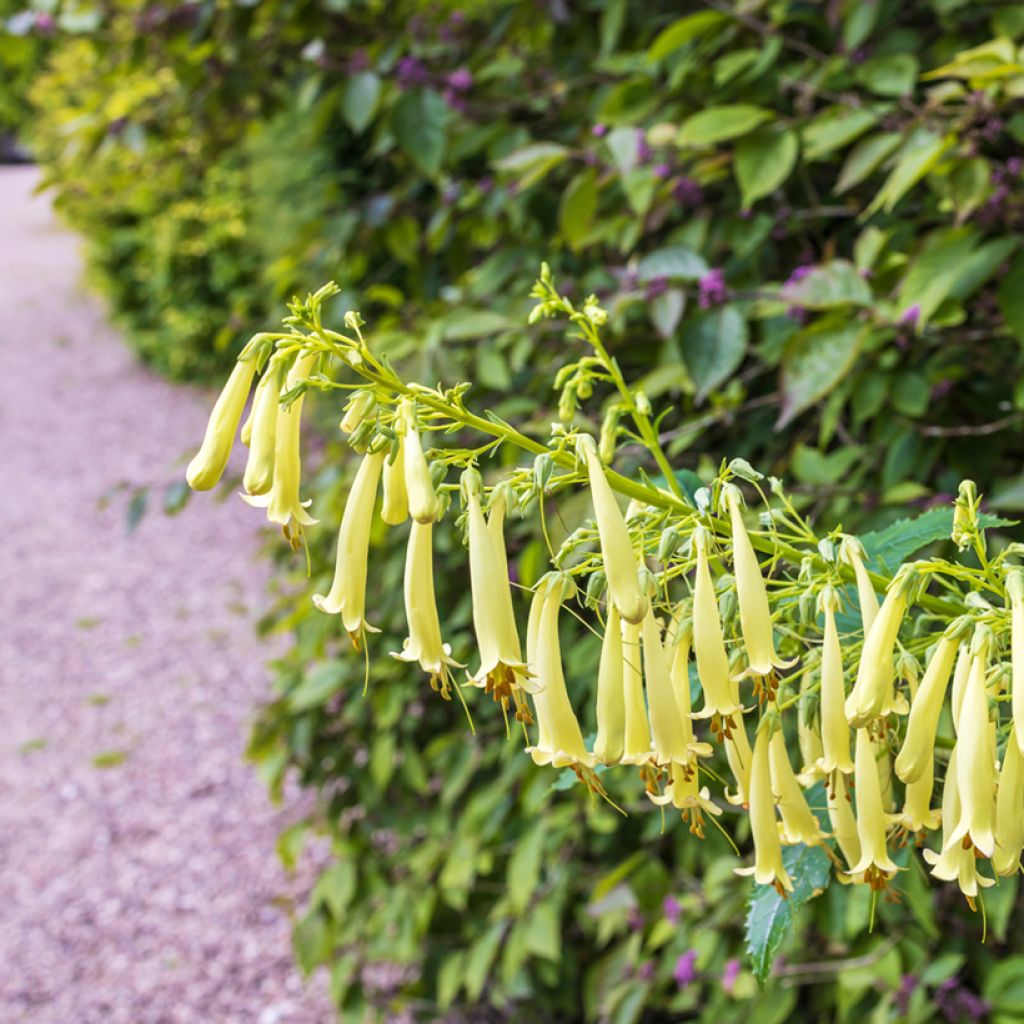

Phygelius Moonraker - Cape Fuchsia
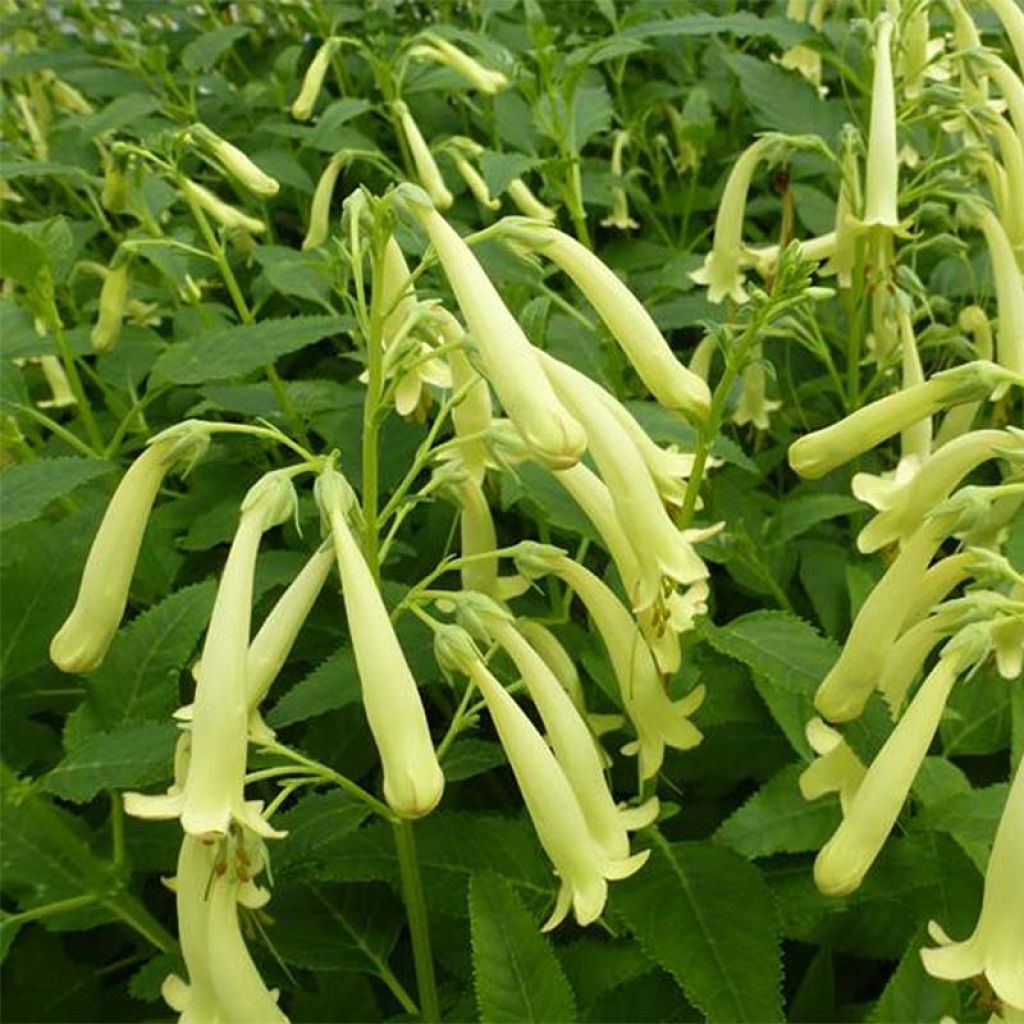

Phygelius Moonraker - Cape Fuchsia
Phygelius Moonraker - Cape Fuchsia
Phygelius x rectus Moonraker
Cape Fuchsia, Cape Figwort
No vine-plant at the reception. Good quality.
nicolas, 04/05/2020
Special offer!
Receive a €20 voucher for any order over €90 (excluding delivery costs, credit notes, and plastic-free options)!
1- Add your favorite plants to your cart.
2- Once you have reached €90, confirm your order (you can even choose the delivery date!).
3- As soon as your order is shipped, you will receive an email containing your voucher code, valid for 3 months (90 days).
Your voucher is unique and can only be used once, for any order with a minimum value of €20, excluding delivery costs.
Can be combined with other current offers, non-divisible and non-refundable.
Home or relay delivery (depending on size and destination)
Schedule delivery date,
and select date in basket
This plant carries a 12 months recovery warranty
More information
We guarantee the quality of our plants for a full growing cycle, and will replace at our expense any plant that fails to recover under normal climatic and planting conditions.
Does this plant fit my garden?
Set up your Plantfit profile →
Description
The Phygelius x rectus 'Moonraker' is a variety of Cape Fuchsia that provides a beautiful alternative to hardy fuchsias for ornamenting our gardens and terraces. Capable of regrowing from its stump if well protected in winter, this superb bushy perennial produces clusters of flowers in the form of long tubular and pendulous bells, with a soft and luminous cream-yellow hue that complements all other blooms. They appear as if suspended above its dark green foliage, which will persist more or less throughout winter depending on the climate. This variety grows quickly and blooms throughout summer, starting from the year of planting. Cape Fuchsia thrives in a moist but well-drained soil, in full sun or partial shade.
Perhaps called Cape Fuchsia due to the shape of its flowers and foliage, Phygelius is an herbaceous undershrub with woody bases, persisting in its original climate and considered a bushy perennial in cold climates. It belongs to the Scrophulariaceae family, not the Onagraceae family, which includes the well-known genus Fuchsia. The 'Moonraker' variety is a horticultural hybrid obtained through cross-breeding between Phygelius aequalis, with pale yellow flowers, and P. capensis 'Coccinea', hardier with carmine-red flowers. Its hardiness is roughly equivalent to that of Fuchsia magellanica (-10/-12°C). The plant produces underground stolons from its stump, allowing it to spread without becoming invasive.
'Moonraker' stands out for its prolific flowering and the delicate pale yellow color of its long tubular flowers. They are grouped in spikes measuring 20 to 30 cm (8 to 12in), at the end of bare branches that rise above the dark green foliage. In this variety, the flowers are inserted all around the floral stem, not just on one side. They bloom throughout summer on an average-sized bush, reaching a height of 90 cm (35in) and a width of 1 m (3ft), almost fully grown within a few months. Each flower, in the shape of a trailing trumpet, is carried by a recurved peduncle. The corolla forms a very elongated tube, sometimes reaching 6 cm (2in) in length, open with 5 lobes bordered by a darker tone, from which the stamens and pistil emerge. A white throat can be seen at the center of the flower. The foliage consists of simple, narrowly ovate leaves with toothed margins, and is a dark green color.
The Phygelius 'Moonraker' will find its place in gently sunny or semi-shaded beds, for example alongside Fuchsia magellanica 'Tricolor' or 'Alba', blue or white agapanthus, and asters that will take over after its flowering. It can be interesting to place it at a higher level, above a low wall, in a rock garden or raised bed, or even in a large hanging basket, in order to observe the flowers from below. Phygelius perennials bring an exotic touch to wild-looking beds, as their smaller flowers compared to penstemons and richer hues attract numerous pollinators. 'Moonraker' will look magnificent next to a Dierama with pink or purple flowers, and a Miscanthus yaku Jima, along the edge of a short grass meadow. Phygelius also grows very well in pots.
Phygelius Moonraker - Cape Fuchsia in pictures
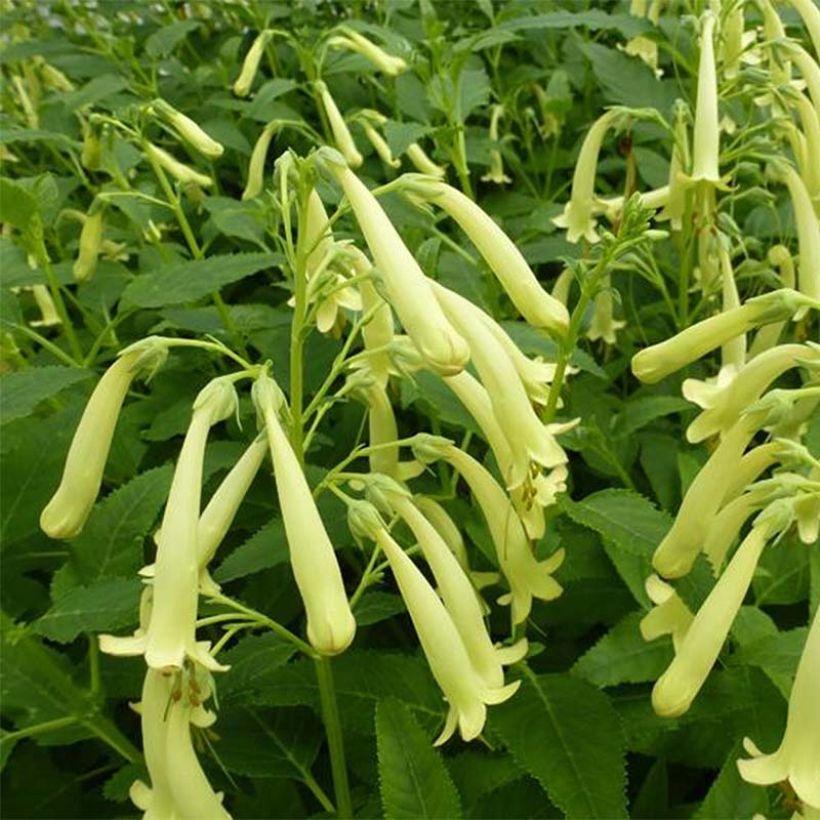

Flowering
Foliage
Plant habit
Botanical data
Phygelius
x rectus
Moonraker
Scrophulariaceae
Cape Fuchsia, Cape Figwort
Cultivar or hybrid
Other Phygelius
View all →Planting and care
Phygelius should be planted preferably in April to give the plants enough time to establish themselves. Fairly easy to grow throughout central Europe, this shrub accepts all types of acidic, neutral, or calcareous soils, as long as they are well-drained in winter, with a preference for fertile, clayey, and moist soil in summer. However, it does not tolerate sea spray. Phygelius appreciate warmth but can flower well in northern-cetral regions, in full sun or partial shade. Lack of light will result in longer and less sturdy branches. Even though Phygelius can withstand periods of temporary drought, especially recent hybrids, regular watering supports flowering, which can continue until frost. It can be useful to mulch the soil during summer to retain moisture. Mulch the stump in autumn and ensure that the soil remains relatively dry in winter, for example by using an overturned tile. During winter, the foliage dies below -7°C (19.4°F), but new growth emerges from the stump in spring. During flowering, regularly prune faded inflorescences.
Loosen the soil deeply, mixing compost with your garden soil, and ensure good drainage. Add gravel or sand to the mixture and to the bottom of the planting hole if necessary.
Cultivation in pots:
In pots, use a container with a diameter and height of 20 cm (8in), filled with fertile compost, making sure to place a drainage layer at the bottom. Protect the stump in winter with a thick layer of dead leaves and place the pot against a south-facing wall or in a bright and cool room, sheltered from severe frost.
Planting period
Intended location
Care
Planting & care advice
-
, onOrder confirmed
Reply from on Promesse de fleurs
Similar products
Haven't found what you were looking for?
Hardiness is the lowest winter temperature a plant can endure without suffering serious damage or even dying. However, hardiness is affected by location (a sheltered area, such as a patio), protection (winter cover) and soil type (hardiness is improved by well-drained soil).

Photo Sharing Terms & Conditions
In order to encourage gardeners to interact and share their experiences, Promesse de fleurs offers various media enabling content to be uploaded onto its Site - in particular via the ‘Photo sharing’ module.
The User agrees to refrain from:
- Posting any content that is illegal, prejudicial, insulting, racist, inciteful to hatred, revisionist, contrary to public decency, that infringes on privacy or on the privacy rights of third parties, in particular the publicity rights of persons and goods, intellectual property rights, or the right to privacy.
- Submitting content on behalf of a third party;
- Impersonate the identity of a third party and/or publish any personal information about a third party;
In general, the User undertakes to refrain from any unethical behaviour.
All Content (in particular text, comments, files, images, photos, videos, creative works, etc.), which may be subject to property or intellectual property rights, image or other private rights, shall remain the property of the User, subject to the limited rights granted by the terms of the licence granted by Promesse de fleurs as stated below. Users are at liberty to publish or not to publish such Content on the Site, notably via the ‘Photo Sharing’ facility, and accept that this Content shall be made public and freely accessible, notably on the Internet.
Users further acknowledge, undertake to have ,and guarantee that they hold all necessary rights and permissions to publish such material on the Site, in particular with regard to the legislation in force pertaining to any privacy, property, intellectual property, image, or contractual rights, or rights of any other nature. By publishing such Content on the Site, Users acknowledge accepting full liability as publishers of the Content within the meaning of the law, and grant Promesse de fleurs, free of charge, an inclusive, worldwide licence for the said Content for the entire duration of its publication, including all reproduction, representation, up/downloading, displaying, performing, transmission, and storage rights.
Users also grant permission for their name to be linked to the Content and accept that this link may not always be made available.
By engaging in posting material, Users consent to their Content becoming automatically accessible on the Internet, in particular on other sites and/or blogs and/or web pages of the Promesse de fleurs site, including in particular social pages and the Promesse de fleurs catalogue.
Users may secure the removal of entrusted content free of charge by issuing a simple request via our contact form.
The flowering period indicated on our website applies to countries and regions located in USDA zone 8 (France, the United Kingdom, Ireland, the Netherlands, etc.)
It will vary according to where you live:
- In zones 9 to 10 (Italy, Spain, Greece, etc.), flowering will occur about 2 to 4 weeks earlier.
- In zones 6 to 7 (Germany, Poland, Slovenia, and lower mountainous regions), flowering will be delayed by 2 to 3 weeks.
- In zone 5 (Central Europe, Scandinavia), blooming will be delayed by 3 to 5 weeks.
In temperate climates, pruning of spring-flowering shrubs (forsythia, spireas, etc.) should be done just after flowering.
Pruning of summer-flowering shrubs (Indian Lilac, Perovskia, etc.) can be done in winter or spring.
In cold regions as well as with frost-sensitive plants, avoid pruning too early when severe frosts may still occur.
The planting period indicated on our website applies to countries and regions located in USDA zone 8 (France, United Kingdom, Ireland, Netherlands).
It will vary according to where you live:
- In Mediterranean zones (Marseille, Madrid, Milan, etc.), autumn and winter are the best planting periods.
- In continental zones (Strasbourg, Munich, Vienna, etc.), delay planting by 2 to 3 weeks in spring and bring it forward by 2 to 4 weeks in autumn.
- In mountainous regions (the Alps, Pyrenees, Carpathians, etc.), it is best to plant in late spring (May-June) or late summer (August-September).
The harvesting period indicated on our website applies to countries and regions in USDA zone 8 (France, England, Ireland, the Netherlands).
In colder areas (Scandinavia, Poland, Austria...) fruit and vegetable harvests are likely to be delayed by 3-4 weeks.
In warmer areas (Italy, Spain, Greece, etc.), harvesting will probably take place earlier, depending on weather conditions.
The sowing periods indicated on our website apply to countries and regions within USDA Zone 8 (France, UK, Ireland, Netherlands).
In colder areas (Scandinavia, Poland, Austria...), delay any outdoor sowing by 3-4 weeks, or sow under glass.
In warmer climes (Italy, Spain, Greece, etc.), bring outdoor sowing forward by a few weeks.






























